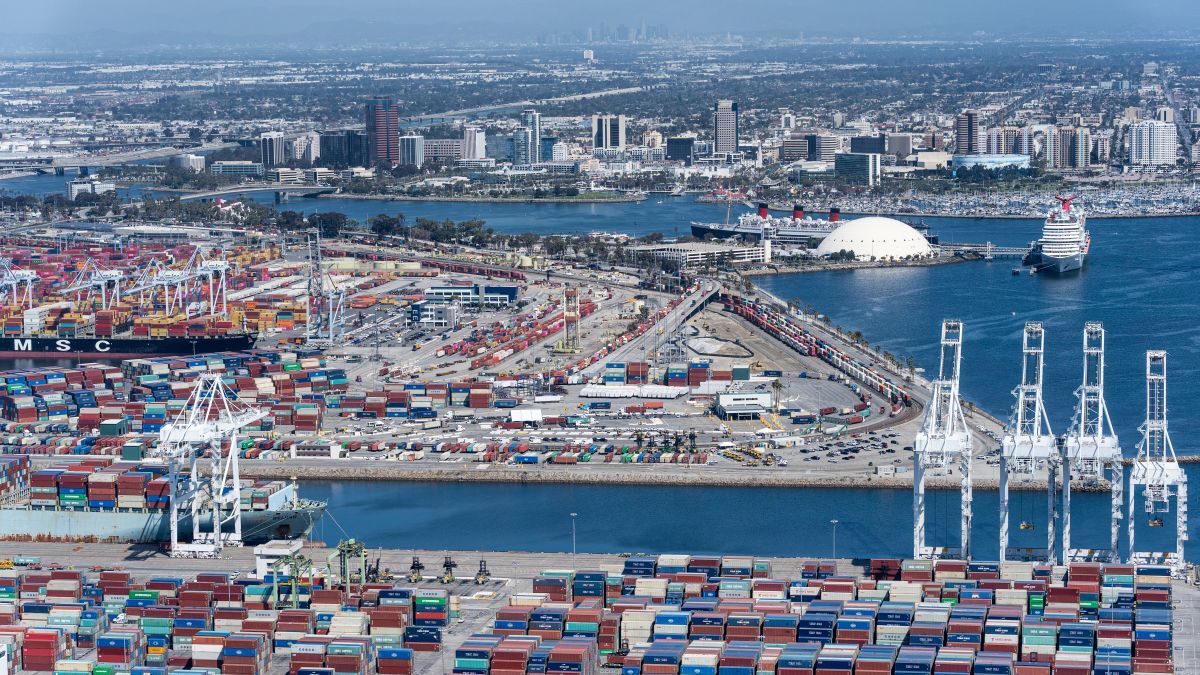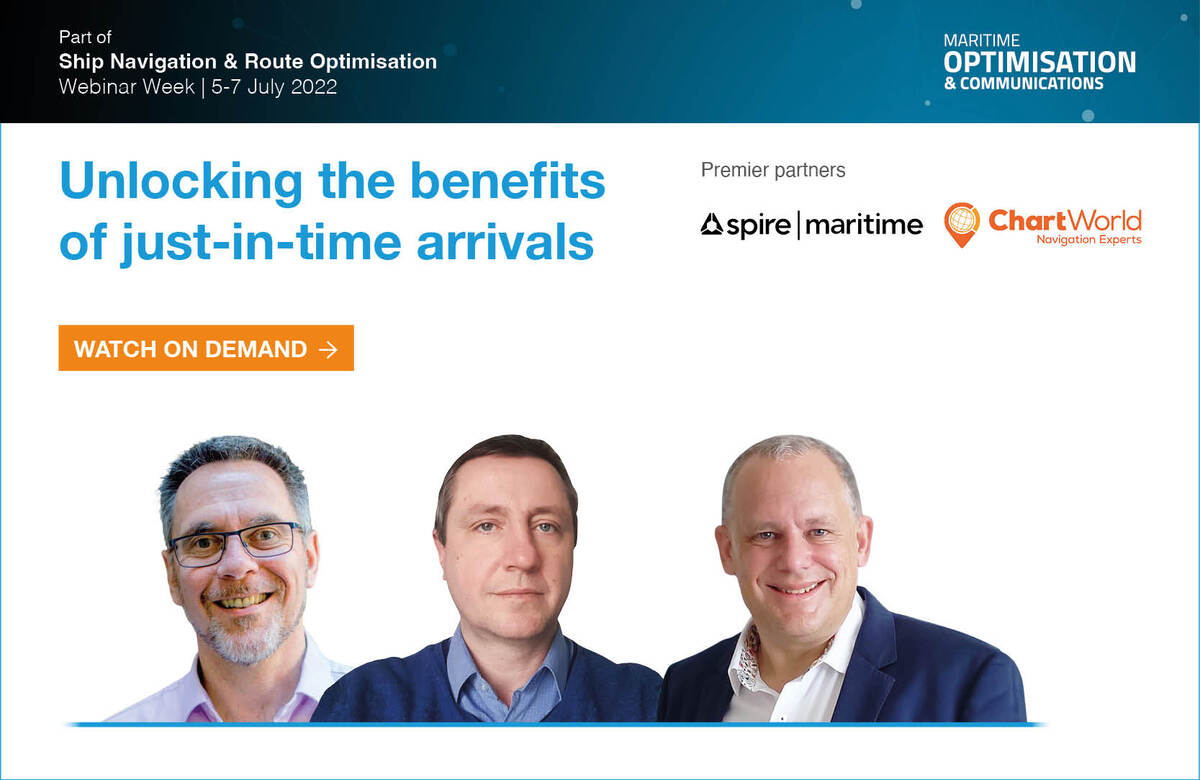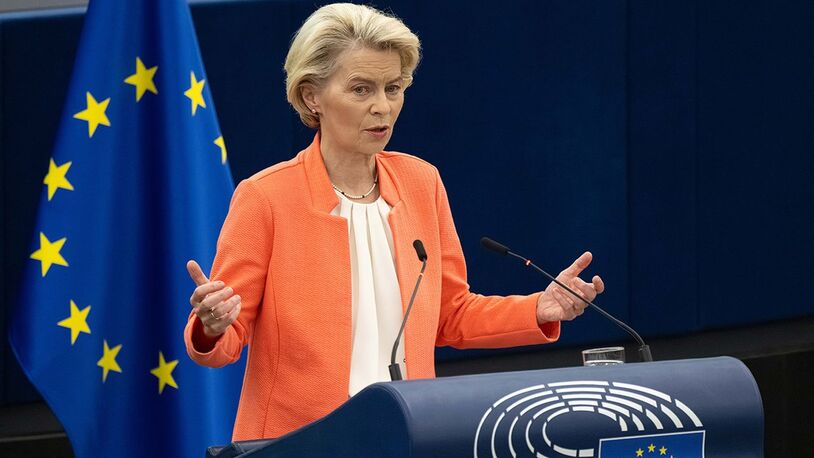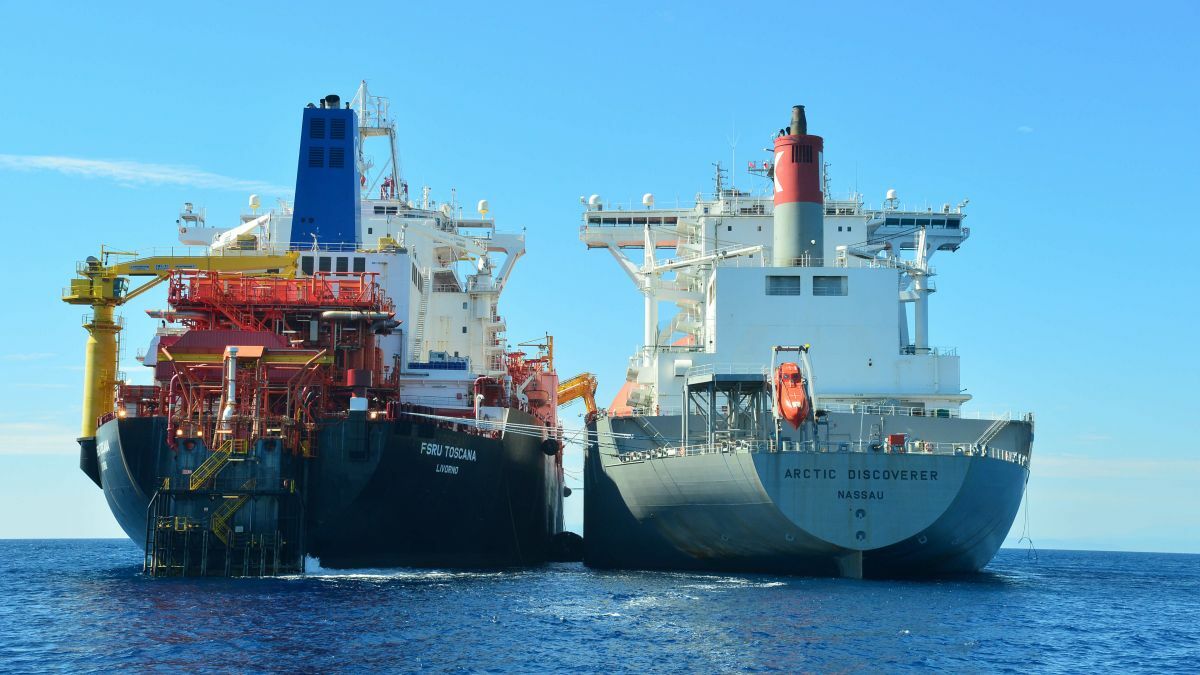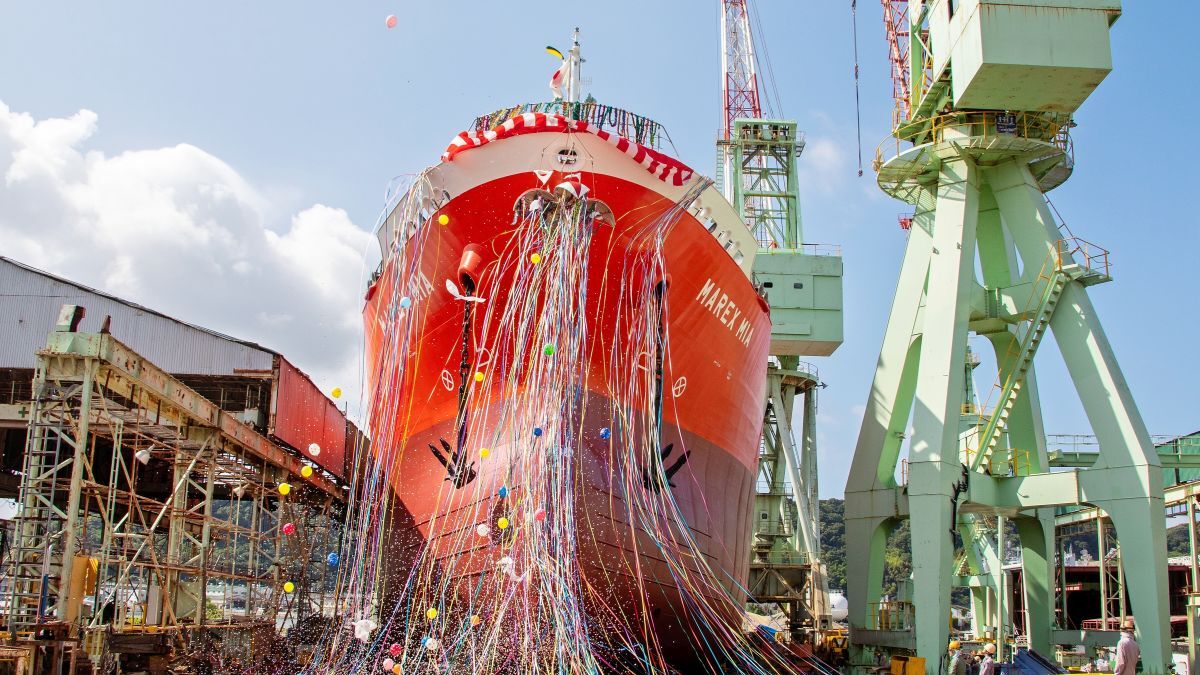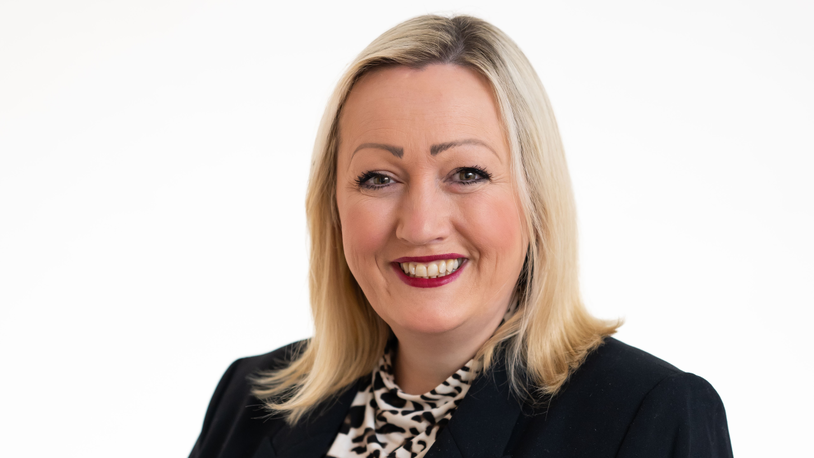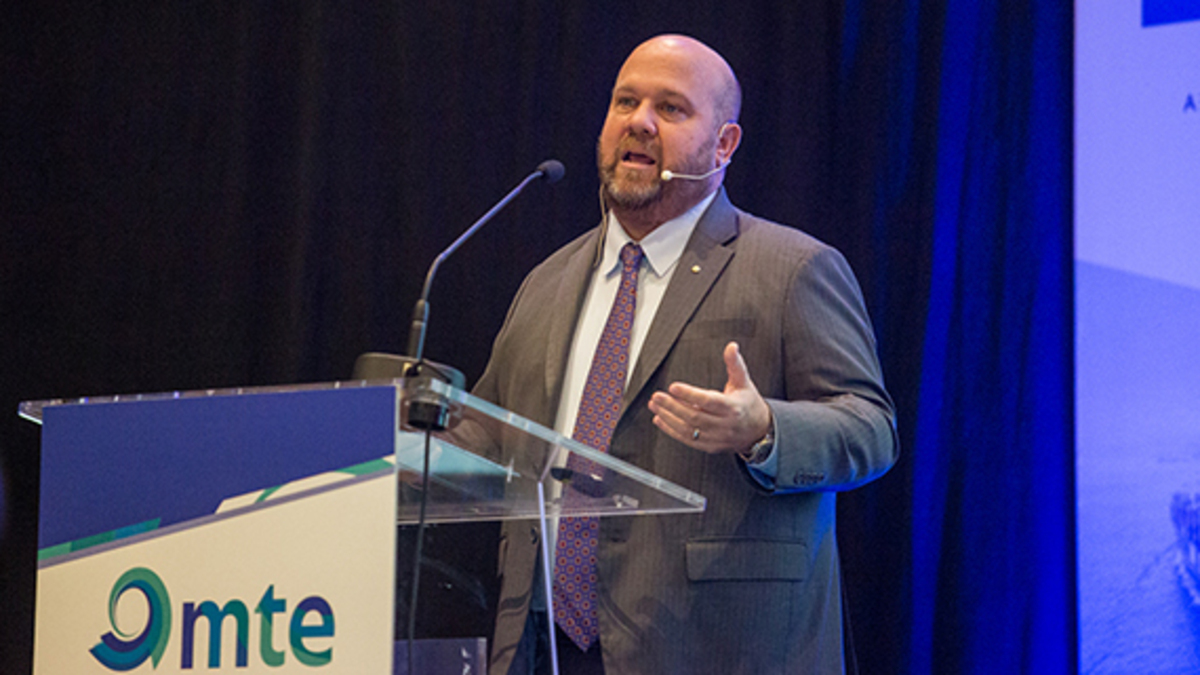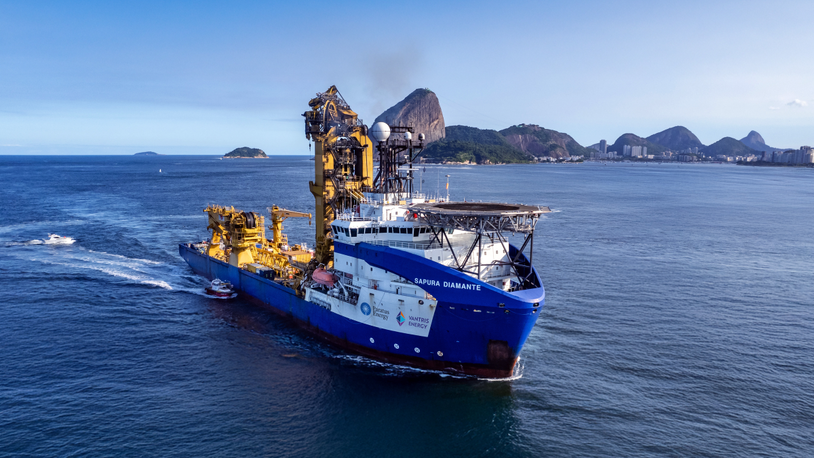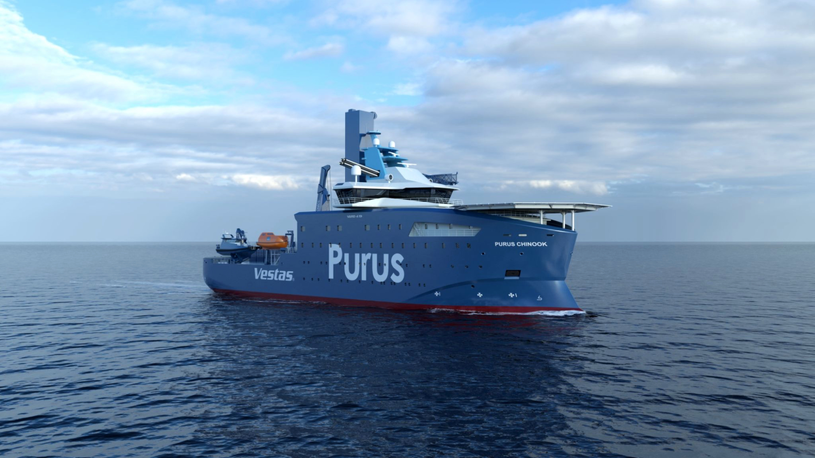Business Sectors
Contents
Unlocking the benefits of just-in-time port arrivals
Accurate vessel-tracking data and port-ship data exchanges can enable the global maritime industry to reduce port congestion, optimise voyages and reduce emissions through just-in-time (JIT) port arrivals
These are some of the technologies and processes needed for just-in-time (JIT) port arrivals, attendees heard at Riviera Maritime Media’s Unlocking the benefits of just-in-time arrivals webinar.
This event was held 7 July 2022, with premium partners Spire Maritime and Chartworld, during Riviera’s Ship Navigation & Route Optimisation Webinar Week.
On the expert panel were: Spire Maritime director of maritime data operations Mark Deverill, Chartworld director of data distribution Konstantin Ivanov and Thome Ship Management vice president for the supply chain Peter Schellenberger.
They discussed how vessel operators need real-time visibility of port waiting times to calculate optimal speeds and routes to enable JIT arrival, and adjust to any delays encountered along the way.
Mr Deverill said this information, along with vessel tracking data, will allow owners to avoid idling at anchorage prior to entering ports, lowering fuel costs, reducing emissions and improving fleet utilisation.
He explained how automatic identification system (AIS) data can help unlock the benefits of JIT arrivals. Spire is one of the main suppliers of AIS data from a constellation of 120 satellites, with the latest addition from a launch in June 2022.
Mr Deverill said satellite AIS helps users to “increase data-driven decisions and gain competitive advantage”. AIS can be used to track vessels, predict their arrival at ports and provide forecasting services.
“Spire Maritime provides data and tools to predict arrivals and metrics around port operations,” said Mr Deverill.
It can monitor vessel traffic on a global basis and track individual ships, monitor vessels’ arrival and departure from anchorages and and map next destination ports.
“We can create data on port congestion and turnaround times and forecast weather-related risks along a route,” said Mr Deverill. “We can predict estimated time of arrival (ETA) in the matched destination port. This can verify or correct the reported ETA from AIS.”
Spire data allows users to monitor port movements outside of ports to verify congestion reports and recognise which ports have the longest waiting times. Its weather data enables long-period forecasts along routes and ports, which can be fed into voyage plans.
Mr Ivanov said port waiting times could be reduced if ports exchanged information with ships heading to their destination. He said data was already stored on board ships’ ECDIS of the intended route in safe and verified voyage plans. This information could be shared with ports using a cloud-based solution using standard protocols and controlled access.
“If we talk about the digitalisation of the vessel’s port call process, ECDIS should be considered as a bridge station that collects, processes and sends out information about the arrival time,” said Mr Ivanov.
“ECDIS is the best place for this, because it always has the latest information about the vessel’s position and the current vessel’s voyage plan.”
He said updated planned time of arrival (PTA) and ETA could be automatically exchanged between the onboard ECDIS and port. “The proposed concept of the port call data exchange requires the involvement of the service provider that would sit between the vessel and the port,” Mr Ivanov said.
The service provider would receive the voyage plan request from the vessel with PTA and share this information with the port. It would then retrieve the port’s recommended time of arrival (RTA), recalculate the voyage plan and send a new voyage plan proposal to the vessel.
The service provider would monitor changes in the PTA, ETA and RTA, and exchange data between the stakeholders of the vessel, including owner, charterer and operator, and with the port.
The challenges are defining the RTA through collaboration with different port actors and creating standards for transferring this data across the maritime ecosystem.
Chartworld supplies eGlobe ECDIS and electronic navigational charts to ships and offers MyRA route appraisal software for voyage planning and the NavCloud for cloud-based data exchange.
Thome’s Mr Schellenberger said the biggest challenge was even more fundamental as most ports worldwide are not using digital processes and still rely on paper documentation and radio communications.
“Key ports are digitally enabled, most of our ships, 80%, are tramping vessels and many ports they call at are not digitally connected,” said Mr Schellenberger. “The challenge is with the remote secondary and tertiary ports, how to get reliable information from these ports and the granularity of this information.
Ports globally will have different waiting times, harbour conditions and congestion. Many do not provide information on waiting times to ships, their owners or charterers, which can be several weeks in severe cases.
Masters unaware of the anchorage periods are expected to sail to these ports at speeds set within charterparty contracts, with charterers also unaware.
“It is an end-to-end game,” says Mr Schellenberger. “What is the point of steaming too quickly to the port and then waiting for 7-10 days?”
He said the missing link was sharing reliable waiting time information at all ports, as agents often have the relevant information from local sources and could disseminate this data to owners, operators and the ships.
“If there was a global agency organisation to get daily accurate data, such as port situation reports, we could have smart voyages, for safe and optimised ports and reduced emissions. Instead, there is fast steaming and waiting times of 7-10 days. It is total madness,” said Mr Schellenberger.
Webinar poll results
Which elements of tracking vessels at a port could bring an advantage to your business?
Monitoring vessels in port: 6%
Monitoring vessels at anchor and in port: 85%
We have no need to monitor vessels in port or at anchor: 9%
What source do you use when monitoring vessel arrival times?
ETA from AIS: 42%
Predicted ETA: 19%
Port schedules : 9%
Direct communication with the vessels: 25%
Other: 5%
Are you already, or would you like to, track vessels on route to port?
We already track vessel voyages: 57%
We would like to track vessel voyages: 41%
We have no need to track vessel voyages: 2%
Would you consider the requested time of arrival in the voyage plan if it was provided by port or terminal?
Yes we would: 92%
No we would not: 8%
Do you access from the office the voyage plans of your vessels for systematic monitoring of planned and estimated times of arrival?
Yes we do: 52%
No we do not:48%
Is collaborative voyage planning between ship operator, ship and charterer an essential requirement for safe and efficient operations?
Yes essential: 69%
A nice to have but not a need to have: 12%
Only essential for safe operations: 0%
Only essential for efficient operations: 19%
Not essential: 0%
We will switch away from simulator and physical training for seafarers after this was proven to be possible during the global Covid-19 pandemic...
Yes... we have moved on from simulator and physical training for seafarers: 12%
We will increase the amount of training delivered virtually without fully switching away from simulator-based and physical training: 64%
No... we will continue with the prepandemic levels of simulator-based and physical training versus virtual training: 0%
No.. we will increase simulator-based and physical training versus virtual training: 24%
How essential do you see standardisation and automation?
Essential: 84%
Less essential: 16%
A backward step to be avoided: 0%
Is your vessel noon report completely manually generated?
Yes completely manually generated: 62%
No, it is not completely manually generated: 38%
Which is preferable...
A flexible, case-by-case ECDIS/sea-chart plan: 71%
A lumpsum annual fixed cost plan for your vessels: 29%
Source: Riviera Maritime Media
On the panel of Riviera’s Unlocking the benefits of just-in-time arrivals webinar were: (left to right) Spire Maritime director of maritime data operations Mark Deverill, Chartworld director of data distribution Konstantin Ivanov, Thome Ship Management vice president for the supply chain Peter Schellenberger
Related to this Story
AI, digital twins help design cyber-secure, green SOVs
Events
LNG Shipping & Terminals Conference 2025
Vessel Optimisation Webinar Week
Marine Coatings Webinar Week
© 2024 Riviera Maritime Media Ltd.


